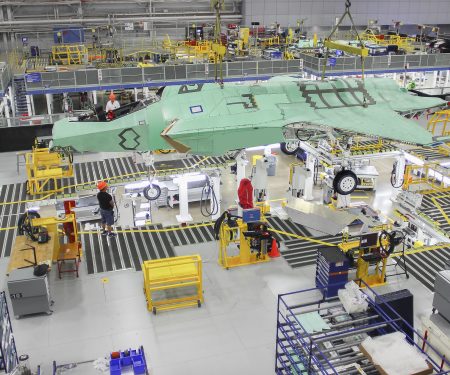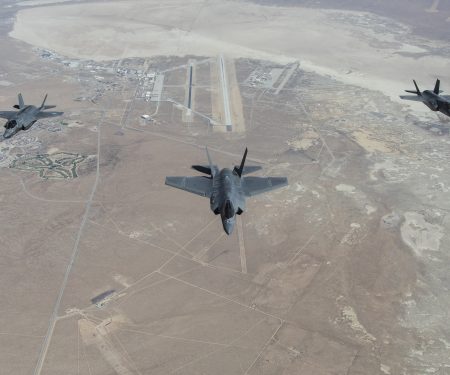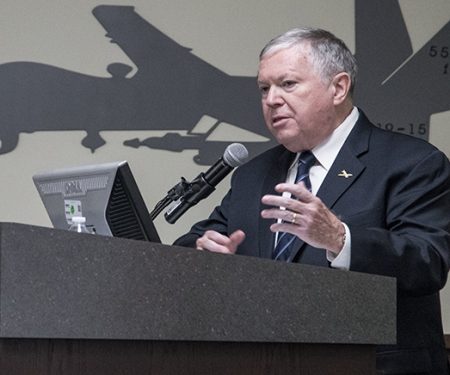Radar Sweep
Two Years in, How has a New Strategy Changed Cyber Operations?
Based on interviews with military officials and several cyber experts this is the story of how, in two years, a new strategy is forcing the national security community to rethink cyber operations and the strategy’s long-term effects.
China Said It’s Developing 6G. What Does That Mean?
China’s Ministry of Science and Technology unveiled plans last week to launch a nationally coordinated research effort specifically focused on developing 6G technology. Science- and policy-based experts spoke to Nextgov about what the sixth generation of mobile technology is and entails, as well as what federal leaders should take away from the announcement, as they work to advance the United States’ cellular landscape.
DOD Asks: Who Really Wrote Your Code?
Software developers routinely subcontract work to foreign firms, download tools from open-source libraries, or just copy-and-paste lines of code from existing software—without checking who originally wrote what or even understanding how it actually works. The resulting rise of bugs and backdoors in recycled code is so worrying to the Pentagon that it’s developing tools to track down where software really came from.
Milley Describes Indo-Pacific Region as US Military's “Main Effort”
The US military capabilities allotted to the region illustrate that the Indo-Pacific is the focus of the US military's main effort, the Chairman of the Joint Chiefs of Staff said in Tokyo. The region is home to the four most populous countries in the world: China, India, the United States, and Indonesia, and it has the largest military forces in the world.
CSAF Visits Luke to Meet with Airmen, Discuss F-35 Future
Air Force Chief of Staff Gen. David Goldfein, accompanied by his wife, Dawn, visited Luke AFB, Ariz., on Nov. 8, to engage with key leaders and address 56th Fighter Wing airmen about the current state and future of the Air Force.
Top Procurement Official Warns Budget Impasse “Debilitating” to Military Space Programs
Will Roper, assistant secretary of the Air Force for acquisition, technology, and logistics, said the funding stalemate is setting back critical space programs that the Air Force funded in its fiscal 2020 budget. “All of them new starts, nearly all of them classified,” Roper said Nov. 12 during a breakfast meeting with reporters.
US Air Force’s New International Affairs Chief Lays Out Her Goals
Defense News posed a number of questions to Deputy Under Secretary of the Air Force for International Affairs Kelli Seybolt ahead of the Dubai Airshow to get her perspective on the evolution of the SAF/IA office, whether the pace of international sales is improving, and how the removal of Turkey from the F-35 Joint Strike Fighter program is impacting the US Air Force’s willingness to export its most sensitive technologies.
Federal Investigators to Evaluate Aircraft Monitor and Control System’s Nuclear Certification
The Defense and Energy Departments’ inspectors general are conducting a joint review of the Aircraft Monitor and Control system’s nuclear certification process, according to a memorandum released Nov. 12. AMAC refers to “equipment installed in aircraft to permit nuclear weapon monitoring and control of safing, pre-arming, arming, and fuzing functions on nuclear weapons or nuclear weapon systems,” according to a July 2017 Air Force Instruction on the nuclear certification program.
Wrap It Up: Vinyl Adds New Life to Museum Aircraft
Over the summer, the Air Force Armament Museum’s P-51 Mustang got its first new paint job in more than 30 years. And not a single drop of paint was used in the process. That is because the P-51 became the first Air Force museum aircraft to be completely wrapped in vinyl.




